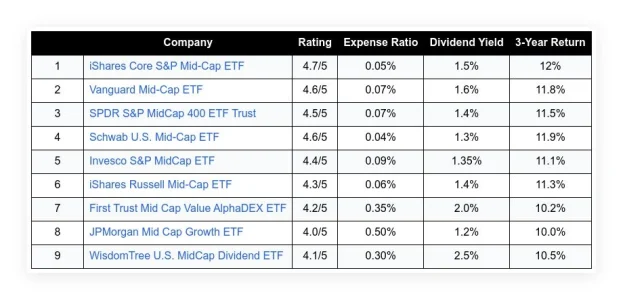Investments are evolving, as everyday investors now have opportunities to access strategies that were previously available only to those who could afford high-fee managed funds. Low-cost exchange-traded funds (ETFs) that mirror the investment strategies of successful fund managers, such as Will Danoff, have emerged as popular options for retail investors seeking professional-grade portfolio management without premium prices.
These strategy-replicating ETFs offer a democratized approach to investing by making sophisticated investment techniques accessible to a broader audience. By tracking the methods employed by respected money managers with proven track records, these funds offer investors a way to potentially benefit from professional expertise without incurring traditional management fees.
How Strategy ETFs Work
Unlike traditional index ETFs that simply track market benchmarks like the S&P 500, these newer funds attempt to replicate the investment philosophies and decision-making processes of successful fund managers. In the case of ETFs following Will Danoff’s approach, the funds might emphasize growth stocks with strong competitive positions and skilled management teams—hallmarks of Danoff’s investment style during his tenure managing Fidelity’s Contrafund.
The ETFs use rules-based methodologies to select stocks based on factors that align with the target manager’s strategy. These might include metrics such as:
- Earnings growth rates
- Return on invested capital
- Market position strength
- Management quality indicators
By codifying these approaches into systematic investment rules, the ETFs create portfolios that aim to capture the essence of the manager’s strategy without requiring their direct involvement.
Cost Advantages for Retail Investors
The primary appeal of these strategy ETFs lies in their cost structure. While actively managed mutual funds often charge expense ratios of 0.75% to 1.5% annually, many strategy-focused ETFs charge between 0.3% and 0.6%—significantly reducing the drag that fees have on investment returns over time.
The difference between paying 1% and 0.3% in fees might not sound dramatic, but over 20 or 30 years, that difference compounds to tens or even hundreds of thousands of dollars for many investors,” noted a financial advisor familiar with these products.
This cost advantage becomes particularly meaningful when considering that many actively managed funds fail to outperform their benchmarks after fees are taken into account. By offering lower-cost access to proven investment approaches, these ETFs present an attractive middle ground between passive index investing and high-cost active management.
Limitations and Considerations
Despite their appeal, strategy ETFs come with important caveats. They cannot fully replicate the judgment and flexibility of human fund managers like Danoff, who can adapt to changing market conditions or make exceptions to their usual rules when opportunities arise.
“These ETFs follow a systematic approach based on historical patterns in a manager’s strategy,” explained an ETF analyst. They can’t make the intuitive leaps or contrarian calls that sometimes distinguish the very best active managers.
Additionally, past success doesn’t guarantee future results. The market conditions that made a particular strategy successful may change, potentially reducing its effectiveness in the future.
For investors considering these products, financial experts recommend understanding the specific methodology used by the ETF and how closely it actually matches the target manager’s approach. Some funds may capture only certain aspects of a manager’s strategy while missing nuances that contributed to their success.
The growing availability of strategy ETFs represents a significant shift in how investment expertise is packaged and delivered to everyday investors. While not perfect substitutes for the managers they emulate, these funds offer a practical way for cost-conscious investors to incorporate sophisticated investment approaches into their portfolios without premium price tags.
As the ETF industry continues to innovate, investors can expect more options that bridge the gap between passive and active management, potentially changing how millions of people approach their investment decisions.
















